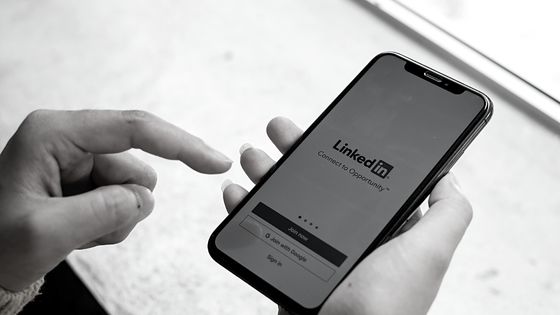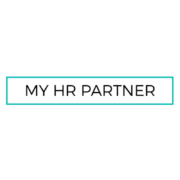LinkedIn has made a name for itself as the top professional social network. Its goal of helping people achieve more successful and productive careers resonates with career-oriented professionals eager to connect with like-minded individuals.

It comes as no surprise that businesses jump on LinkedIn to connect with their target audience. It’s one of the best channels to leverage in reaching your intended B2B audience. The decreased focus on the jaw-dropping imagery that’s found on other social media apps also makes it less daunting for inexperienced business marketers to join.
That said, businesses need to exercise caution and carefully review any ads or promoted posts they want to do on the platform. LinkedIn has very rigid guidelines for advertising, and you’ll be in for a very long battle filled with headaches if you don’t adhere to their rules.
Here are the top mistakes you’ll want to avoid as a first-time advertiser on the platform.
LinkedIn Ads Mistakes to Avoid:
Using bold or shocking imagery
LinkedIn’s professional nature is set up for neutral imagery. Any ads containing imagery that deviates from the norm in the slightest will not be approved.
We’ve seen across advertising opportunities instances where flame emojis or imagery have elicited a negative response from LinkedIn stating that “This ad contains inappropriate or offensive language or imagery,” and as a result, those ads are not approved.
Using strong, direct language
Since LinkedIn wants to keep things neutral, you’ll want to avoid using the same language your customers would in describing their pain points. Ads that too closely emulate any of the more negative languages your target customers may use when describing their pain points will not be approved.
You can still use direct calls to action, just be careful when trying to emulate your customer’s tone. Keep copy more neutral and geared towards solutions to improve your chances of getting your ad approved.
Using the same brand personality that you use on other social platforms
Although it’s acceptable to be more exuberant on other social channels like Instagram, TikTok, or Twitter, you’ll want to rein it in when advertising on LinkedIn. You’ll want to keep your clever one-liners and hilarious interpretations of worst-case scenarios on other platforms.
Since LinkedIn strives to create a toned-down, professional user experience, it’s best to showcase the informative and educational side of your brand’s personality.
Having a “go big or go home” advertising mindset
Small, one-time boosted posts tend to get a better return on investment than big maximum bid promotions. That’s because although LinkedIn is excellent at putting you in front of an audience, it doesn’t get that audience engaged.
LinkedIn isn’t designed for users to spend a significant amount of time scrolling the app; it’s designed to network, make quick posts, and react easily to others’ achievements. So, it’s more challenging to get people to act on your offers.
A smarter strategy and better investment are to take that chunk of spending money and divide it amongst four or five posts you wish to promote over a one or two-month timeframe. That way, you’re still reaching more people, but the ad is being directed at those who are likely the most interested and therefore the most likely to act. That’ll get you a better ROI overall than pouring all your money into a one-time ad.
Not establishing your own reporting metrics
LinkedIn is effective at reaching people, but its reporting tools leave a lot to the imagination. While it adequately reports on impressions and interactions, link clicks and demographic information isn’t tracked very well (if at all). And, as marketers know, we need to be able to go above impressions and likes in our campaign debrief reports to justify continuing to receive ad spending budget.
It’s best to establish your own reporting metrics and conduct your own analysis during and after the ad campaign so that you have a more detailed and accurate reflection of its performance. That way, you’ll be better equipped to report on its ROI and what can be done differently in the future for even better results.
Conclusion
LinkedIn wants its users to have a seamless experience while scrolling through their newsfeeds, which means creating consistent experiences regardless of the person or business they’re interacting with. Despite its shortcomings, LinkedIn is still an effective B2B marketing platform, and like with every other social channel, you have to carefully consider the type of advertising you want to do on the platform.
Ensuring you have multiple versions of your ad copy and creative ready to use in case your ad isn’t approved for one reason or another will help you avoid scrambling to create something entirely new when it comes time to launch your ad campaign.
It’s also important to submit your ad for approval ahead of your desired launch date so that you have time to make the necessary adjustments and still start your ad campaign on time.
You’re well on your way to having a better experience with LinkedIn advertising and setting your business to get its desired results now that you know what mistakes to avoid.



















